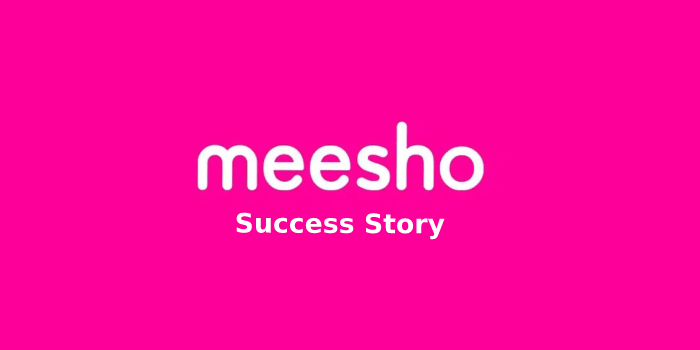Origins of Meesho:
Meesho success story began in the form of its earlier avatar, Fashnear, which was established in 2015. It was the brainchild of two IIT graduates, Vidit Aatrey and Sanjeev Barnwal. Fashnear was to clothing what Swiggy and Zomato were to food, and it would deliver the ordered merchandise to customers’ homes.
Unfortunately, as most of the items sold were unbranded, the profit margins were wafer-thin. This hampered the Fashnear business model, and it failed to take off in the manner expected.
As a takeaway, the founders worked on tweaking their business model and using what they learned with Fashnear to create Meesho, which was centered around the concept of a social commerce firm.
A social commerce firm leverages social networks such as Facebook, Instagram, and Twitter as vehicles to promote and sell products and services.
Meesho operates as a marketplace that helps connect with customers mainly via WhatsApp, Facebook, and Instagram. When Meesho opened its doors, most online products were from popular brands, and large eCommerce firms like Amazon and Flipkart dominated the playing field by concentrating on Tier 1 cities.
Meesho’s success story is due to its focus on Tier 2 and 3 cities. Coming from a middle-class background, the partners chose to source their products from small businesses, thus helping democratize eCommerce, much like Etsy. This model helps keep the product cost low.
Meesho’s product portfolio mainly consists of unbranded and miscellaneous categories like beauty, fashion, home appliances, and furnishings. These products do not require much inventory to be stocked as they are not everyday items. Further, Meesho boasts 17 million resellers, of whom 15 million are women and over 60,000 suppliers in their fold.
You can also check this out Navigate Through Navi’s Success Story
Meesho Revenue Model
Meesho is no different from other e-commerce firms. To grasp how Meesho generates revenue, let’s delve into their sources of revenue.
Commission
Meesho’s terms require sellers to pay a 10-20% commission depending on the product sold.
Penalty
Sellers are subject to a penalty if they fail to deliver quality merchandise promptly.
Advertisements
Advertisements are a significant source of revenue for Meesho. Dealers and resellers alike can pay for having their products pushed to the top of the list for greater visibility, thus guaranteeing increased sales.
Conclusion:
The future for Meesho looks bright as it is currently firming plans to go public by the end of 2022 or the first half of 2023. It evaluates the options for listing on both the US and Indian stock exchanges. Meesho success story will further stand out as it is also looking to turn profitable in the same period.



